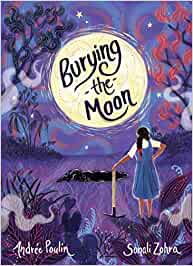"Harry is stuck using his old backpack for first grade.
It’s brown and kind of ugly. But there is a new Fluff
Monster key chain hanging off the zipper. His sister
Charlotte gave it to him. It’s his favorite monster:
Gar-Gar, the black-and-yellow one that looks like a
bumble bee. Fluff Monsters are the silliest monsters
in the world. Harry loves them."
When I was teaching early years children, the journey from first to the 100th day of school was a big deal! Harry is not feeling confident about taking his place in a first-grade classroom. He's not sure he's ready for being there day after day ... for 100 days!! His teacher is kind and comforting, his sister supports him as they make their way to the big front doors.
Using a journal style of writing, Emily Jenkins shows readers just how well she knows apprehensive first graders, and how things work in a first-grade classroom. The journal entries are written in third person voice, and in chapters that present every day and date for Harry's first hundred days. Replete with the adventures and learning that are part of daily routines in his class, Harry manages to make friends and, in turn, be one. He learns sight words, expresses how he is feeling about the sometimes- overwhelming emotions that are a part of his days, overcomes certain inexplicable fears, and manages to determine what he needs to do to both name and then complete his collection of 100 items for the mid-February celebration.
In the company of a loving and supportive family, an understanding and encouraging teacher, and the friends he makes along the way, Harry is a memorable character. The book is funny and full of heart, and includes those things that will attract attention and entertain readers. Full-color illustrations are welcome and add context for every step on Harry's journey.
A fun read aloud for any early years classroom. Take it day by day, and perhaps pen a journal entry for the days leading up to that special time in your own classroom.























































